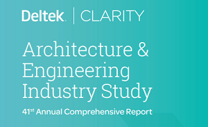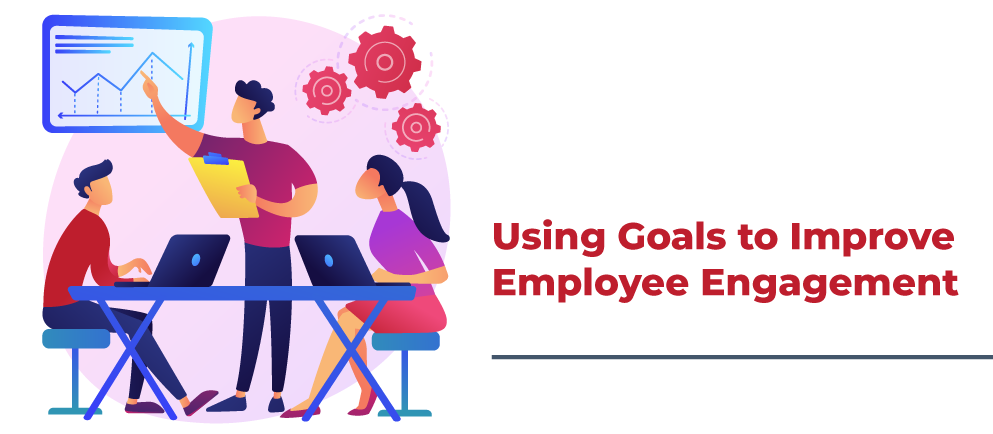The 41st Annual A&E Deltek Clarity Report: Human Capital Management

Human Capital Management (HCM) is a vital process that must be taken seriously for firms to be successful. There are many aspects to HCM from talent acquisition, to employee learning and professional development to succession planning. Based on the findings of the 41st Annual Deltek Clarity A&E Report, talent acquisition remains a major challenge for A&E firms and they must embrace technology and improve practices to attract the best candidates. This year’s Clarity report also addressed a variety of other hot HCM topics for A&E firms.
Tracked KPIs for Human Capital Management
According to the results of the report, the top four KPIs tracked by A&E firms included revenue per full-time equivalent (FTE), voluntary turnover, involuntary turnover, and employee retention. Identifying these particular KPIs shows that firms are concerned with retaining employees once they are hired. As a matter of fact, 74% of firms tracked revenue per FTE which indicates that financial-related metrics are being connected to HCM. However, only a minority of firms tracked other financial-related metrics. Those firms willing to look at the whole hiring and retention process will ultimately have less costly HCM systems thus making them more successful.
Managing Talent
Seeing that the top KPIs tracked are regarding turnover, it is no surprise that employers continue to focus on their initiatives for managing talent. The report stated that the top two talent management initiatives remained the same, develop more formal career development programs and create/improve succession and career development planning. Creating and improving mentorship programs moved to the third spot going from 28% to 45%. It is becoming clear to firms that knowledge must be transferred to those employees with less experience if they are to continue operating successfully. Unfortunately, however, only 10% of firms prioritized investing in a HCM solution even though 40% of firms currently use outdated HR solutions.
Surveys of Employee Engagement
Again, focused on the topic of retention, this annual Clarity report addressed employee engagement surveys. The results from the report indicated that 81% of firms conduct employee exit interviews and surveys. Only 60% of firms stated that they do annual employee surveys which means that the opportunity to address employee concerns is often missed. If those concerns were heard and addressed, then turnover could be reduced. Gauging employee sentiment is important to keep retention high so firms should move away from more traditional methods of survey towards more frequent survey models.
Talent Acquisition
Back to the issue of talent acquisition, the top talent acquisition initiative reported in the survey was improving the perception of the firm (54%) which is important since reputation helps attract the best candidates. Additionally, 41% of respondents picked improving onboarding processes and procedures which went up from 37% the prior year. On the other hand, the report showed that only 40% of firms were considering an enhanced compensation offering. Besides compensation, firms should consider leveraging technology to offer flexible/remote work options to attract candidates.
Firms Care About Human Capital Management
Despite a tough labor market, it does appear that A&E firms continue to improve their HCM processes. Acquiring and retaining top talent remains a priority for firms. They must continue to improve talent acquisition by tracking KPIs, considering enhanced compensation and leveraging technology. There should also be focus on succession planning and career development to ensure employee engagement and retention. For more detailed information on the 41st Annual Deltek Clarity A&E Report, review it in full.

















